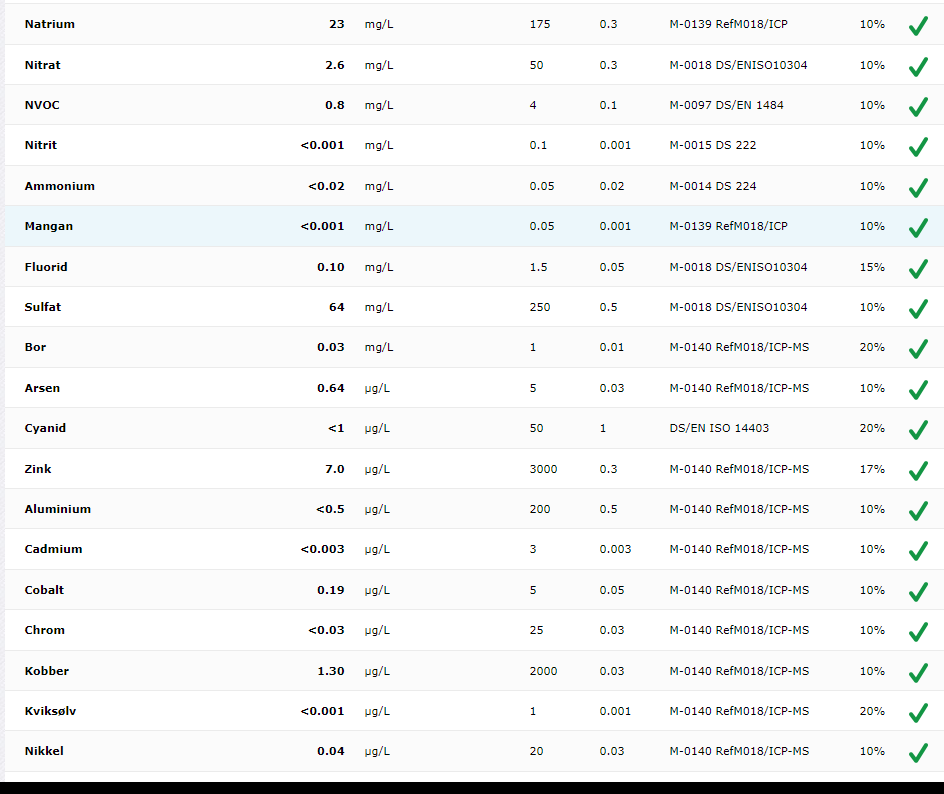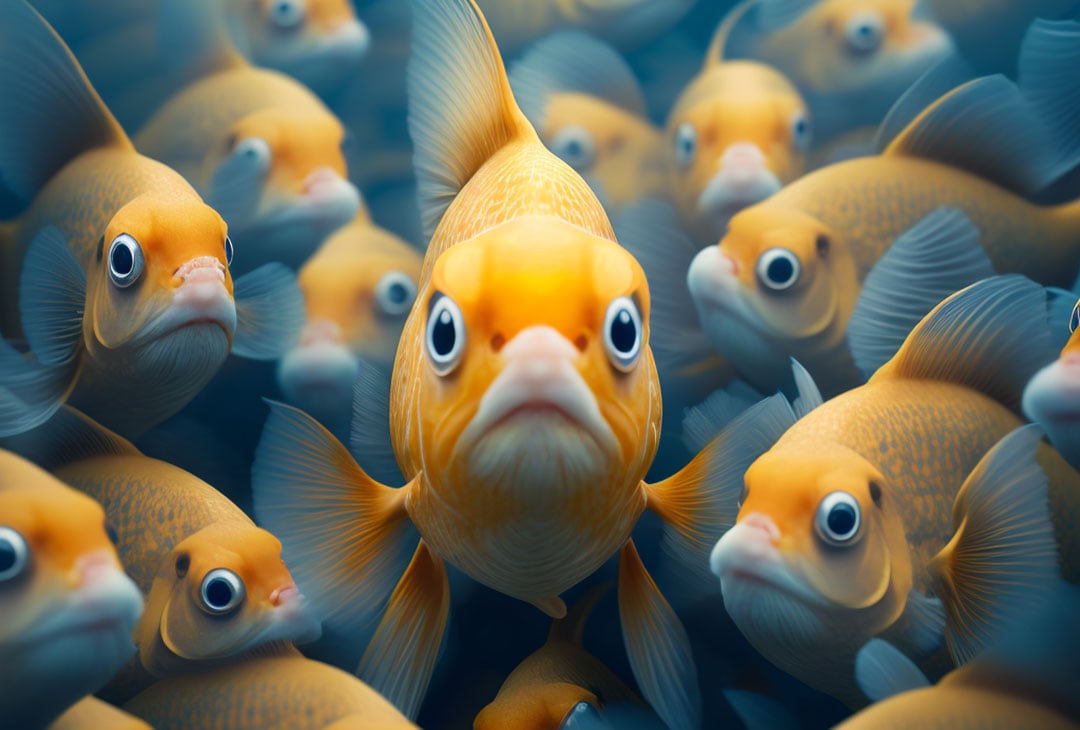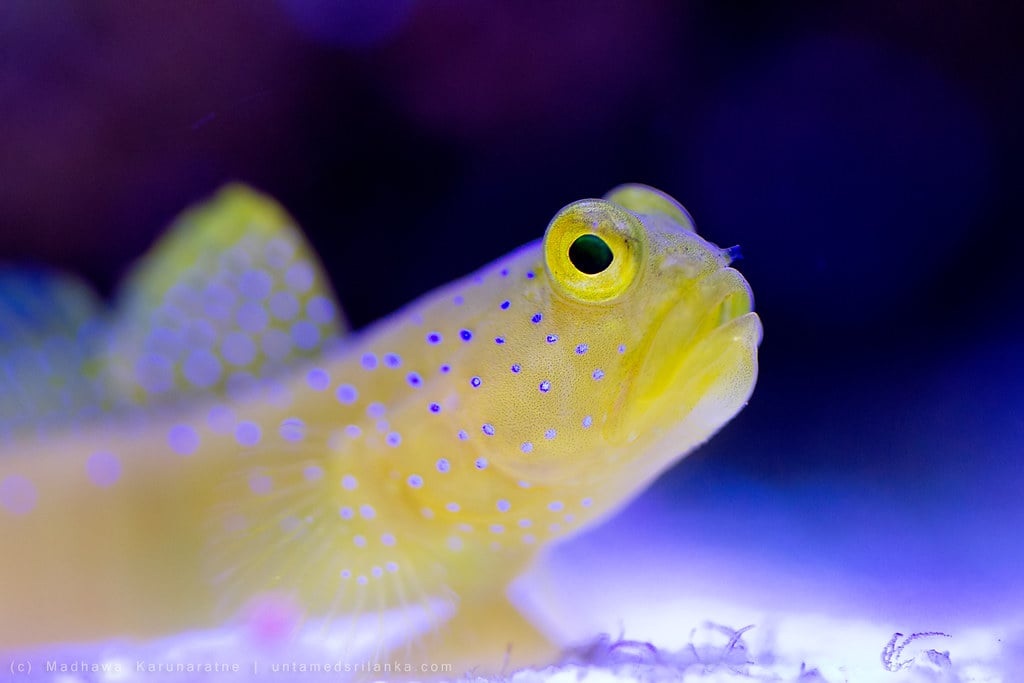This is a pretty niche issue so I’m looking for advice from people who preferably have experience with fancy goldfish. They are usually highly inbred and do often not adhere to regular fishkeeping practices
I have more and more fish that seem to get issues with mostly positive buoyancy (one with negative buoyancy).
I only feed with sinking pellets and always presoaked. I have tried raising the temperature, starving them for 3 days and feeding descale boiled peas.
I have also tried adding salt. Nothing has any long lasting effect.
I am now considering using yellow powder (funox) as I suspect bacteria to be the cause of it.
Out of 18 fish only a few swim with the belly up periodically. Many og the rest seem to be struggling with boyancy nonetheless.
Parameters seem ok. Ammonia and nitrite are always 0. Nitrate is maximum 20. I do weekly water changes of 50%-70% The water is pretty hard and PH is high but I think keeping it like this is better than trying to lower it and maybe exposing them to fluctuating parameters.
The only other issue I can suspect is that I use tapwater and not old water. There is not chlorine in our tap water so I feel it is safe.
What are your thoughts about my situation? Is my considered next step, of treating for bacteria valid? What would you do? I do not have access to aquatic vets and no access to microscope.
What’s your tank like? I find heavy planting is good for fancy goldfish, I think they need to rest like betta do, always swimming seems to lead to them upside down floating to rest. 18 is a lot, what size and how much air is going in? I’d say you’d want a decent air pump with a couple of lines there. Or is this more than one tank?
Have you had your tapwater tested? Even if theres no chlorine there can be metals or whatever. There’s companies who will do an in depth test that you send off to.
Bacteria treatments can’t hurt really but make sure any medicines have a good gap between because too much can do harm.
Finally, I’d say that some conditions that damage the swim bladder aren’t fixable, it may be the case that everything you do won’t fix the ones that are having trouble but might stop others developing issues.
Hey, thanks for this!
Yes i have the fish in two tanks. One is 920 liter (190gal) and the other 530 (150gal). Besides many of the fish are quite small, either because they are young or because they are rescues that have lived in too bad conditions. All fish are fancy goldfish (no commons). The stocking should be fine, and there are plenty of places to rest (both plants, caves and even tubes that they some times enjoy resting in). Filtration is actually exreme, without creating too much water flow. I have made a DIY rig out of large pipes that filters the water 10 x an hour) plus 4 sponge filters
What would you test for in the tap water? The local services do suply a regullarly tested report of what the water is like, and what they aim for, but it may be slightly different when it comes out the other end.
It is a good point about swim bladders being prone to permanent damage. It’s just a concern that i don’t know what is causing it
This is an example of what I’m talking about, they just test for lots of trace chemicals. Basically a check to see if there’s any nasties in there.
Being two different tanks means it’s more likely to be water.
Now when I say air pumps, I mean pumps that just provide air, goldfish need much more dissolved oxygen in the water than other fish, some filters also provide air and a lot of surface disruption will do the same job, but filtration alone won’t provide oxygen. Not having enough does lead to gulping air at the surface and could be your issue.
One other thing I realised I didn’t mention is food, you say sinking pellets but what brand? Some are better than others, for goldfish I like Hikari, something like this - https://www.hikari.info/gold/g_12.html
Thanks again! The water company has frequent and detailed test of the water they send out. I just don’t know what values to look at, in order to spot something wrong
The aeration is a good point thouth. I do have a lot of water movement around the surface, and three air stones, but i have noticed that they will spend some time around the surface especially after feeding (even though the pellets sink).
My other theory would be gill flukes, wich also could cause them to gulp air in.
I currently feed them Tropical (company name) Fan tail pellets, but have also used Dr. Bassleer pellets of diferent variants. I also mix it up with Tropical Krill Gran, and Tetra rubin. would love to use Hikari but it is hugely overpriced here!
Here is a snippet of some of the values the water company lists. Its a very long list of both content, temperatur, smell evaluation etc!

You’ll need to look up the acceptable level of each item. The tests I’m talking about colour code so that you know which ones are an issue but there’s nothing stopping you looking up yourself.
The foods you list, Tetra Rubin is a generic tropical food, not made for goldfish. The Krill Gran is for carnivorous fish. Dr Bassleer doesn’t seem to do a goldfish food. They’re a specialised fish and really need a food made for them that has a high veg content. I can’t find the fan tail pellets but if it’s a specialised goldfish food then I think it’s probably better. Hikari is pricey, but it is for a reason.
Are there any goldfish facebook groups or forums in your country that you can ask for food recommendations?
Yeah the Fan Tail pellets are specifically made for fan tails. It’s made by JBL though sorry :
https://www.aquaristikshop.com/aquaristic/JBL-ProNovo-Fantail-Grano-M/125627/
The pellets I used to feed, by Dr Bassleer were actually recommended by himself for goldfish. I believe I used 3 or 4 different variations including one msdenof herbs. He is a vet with specialty in fish and aquatic biology.
The tetra rubin and krill gran i exclusively use as supplements. Besides this they also have veggies, artemia and bloodworms
I used to be in a few groups about goldfish on Facebook, reddit etc but I have left both and now only hang out on Lemmy. So I’m very grateful for the discussion here!
I agree not to use any pH modifying chemicals, if it’s higher than like 8.5 you could think about adding some peat to the filter but our water is like that too, I don’t bother with it personally.
What are the parameters of your water change water that you’re adding? What is your stocking density like? Are you temperature matching your water change water with the same thermometer used in your tank? You have to be careful about the temperature fluctuations with such large changes.
If your ammonia and nitrate (and nitrite) are always good - and keep in mind you do have to shake the everliving shit out of that nitrate #2 bottle to get accurate results - then I would consider doing more smaller water changes. If you are using dip sticks to evaluate your water, you should buy a liquid test kit instead.
A varied diet never hurts, try getting a second type of good quality goldfish diet and feeding both. They also love duckweed of course so you could grow that on the windowsill to supplement their diet and add some fiber.
Are all your fish the same type from the same stock? It could be a genetic problem.
Medications of course can be used when the situation calls for it, but if that is not the problem you risk harming your fish more, as medicating is almost always quite stressful. I wouldn’t jump to it yet especially if you don’t have any mortality. If you do have mortality, would you be comfortable dissecting one to look at the swim bladder?
Hey! thanks for this. Some good pointers for sure!
What are the parameters of your water change water that you’re adding
Besides the ammonia, nitrite and nitrate, i havent tested much on the tap water. I did confirm that it has no clorine or chloramine, and also checked that is has no phosphates recently because of an issue with black beard algae that i also seem to struggle with. What would you test for in tap water?
What is your stocking density like
It is a 720 liter (190 gal), with 12 fish in it (most of them small though, only 2 that are fairly large, but still just fancy goldfish, no commons). My other tank is 530 lit (140 gal) with 4 fish, but that is mostly a quarantine tank at the moment. Both heavilly filtrated with canister and DIY biological filtration
Are you temperature matching your water change water
To be fair, this could be an issue. I do water changes every 7-10 days, not because the nitrates are high, but mostly to just keep the water fresh (and the alleged hormone production down). Because of the size of the tank, our heater runs out of warm water, so the temps match pretty well to start with, but the last 10-20% may be substatially colder. I havent given it too much attention though, because others that i speak to just pour ice cold water into the tank, and don’t think about it (or have any issues). I am pretty certain that all of the nitrogen circle values are fine. I have extreme over filtration, so I am certain that both ammonia and nitrites break down more or less instantly, but more and small water changes could be a way forward (although it would be a lot more work)
A varied diet never hurts
I do experiment with many different pellets. Currently i use two types, but i have had up to 8 different types(!) and suspected some of them to be worsening the issue actually. They also get veggies and artemia/bloodworms. In regards to veggies i give them peas, broccoli and spinnach
Are all your fish the same type from the same stock? It could be a genetic problem.
No and this is why i am mostly concerned. If it was one or two, i could accept it as a genetic prblem. But i have multiple fish from multiple breeders and even more rescues. It does seem like the more extreme body shapes do worse (short bodies, tall backs and small tails seem to have bigger issues that regular fan tails). But i believe that something is causing them to be the first to be attacked by this condition.
If you do have mortality, would you be comfortable dissecting one to look at the swim bladder?
I have had no mortalities, but I have euthanised a few that were really struggling. I wouldn’t mind dissecting, but i wouldn’t know how or what to look at. The good news is, that i have a vet that would be willing to help, even though she probably whould’t know what to look at either. I could even have x-rays taken if needed, but still the vet would have no idea about it. I am fortunate to be in contact vets around me who are honest but willing to help as long as they are sure the fish don’t suffer.
It’s been years since I have kept a tanks so please excuse me if my comment reflects out of date information but changing out 50-70 percent is a lot. I always used to do 20-30 percent and always with treated water (I used an off the shelf product for this).
I agree. This is also how I used to do with the community tanks that I had before. With goldfish it seems like larger water changes are more popular because they are so filthy as they are. That said, I could try changing less because the tank is not so heavily stocked and nitrates don’t accumulate that fast. I am more concerned about phosphates but have been thinking of usimgnsoecisonfiltrayion against that too anyway
I did use SEACHEM prime to treat new water before, but then realised that there is no chlorine or chloramine in the local water so I have stopped using it. This was mostly to protect the beneficial bacteria of the filtrer though.
Yea maybe dial down the ratio of water changes and see how it goes? The beneficial bacteria which you have also mentioned would be the full reasoning behind my suggestion just to be super clear.
Do you reckon that the beneficial bacteria get cleared with water changes if the fresh water has no chlorine and has approx same temperature?
Just a quick reminder that my experience here is very outdated. I’m in my 40s my last tank was four Oscars that I kept in my late teens to early twenties. I fully expect that knowledge and tech have moved a ways since I was involved in aquaria.
With that said: remember when you first started the tank and you cycled the water? That phase is the phase during which you establish an ecosystem in the tank. My very first thought reading your OP was for that ecosystem. Chlorine or no chlorine you’re knocking 50-70% of that ecosystem out with each water change. My (outdated) gut says that’s got something to do with your issues.
This is true, that in the beginning you build up the bacteria to support the nitrogen cycle.
But very few of them live as free floating bacteria in the water. The majority of them live on surfaces where they attach and multiply. This is why bio filter media is all about surface areas. Some of the best media is are ceramic ring that are so porous that a lot more bacteria can live in it than a regular sponge.
Changing water, mainly removes organic waste that no longer can be broken down by regular filters. Nitrate in particular, simply builds up and needs to be kept down with water changes.
If you just use tap water with chlorine, you risk that the chlorine may kill all or most of the beneficial bacteria, resetting the nitrogen cycle every time you do water changes. The same if you wash the filter in same tap water or even too got or too cold tapwater. This is why it is recommended to wast the filters gently in water from the tank.
The way I see it, Replacing water with chlorine-free water is not such a big issue and it also does not seem to affect the rate at witch ammonia and nitrite are broken down.
That said, there might be gasses in the fresh water that maybe affect the fish, or the sudden change in chemistry may affect the ones that are most prone. I am considering splitting the fish according to how sensitive they are, and doing mini water changes more often for the sensitive ones



